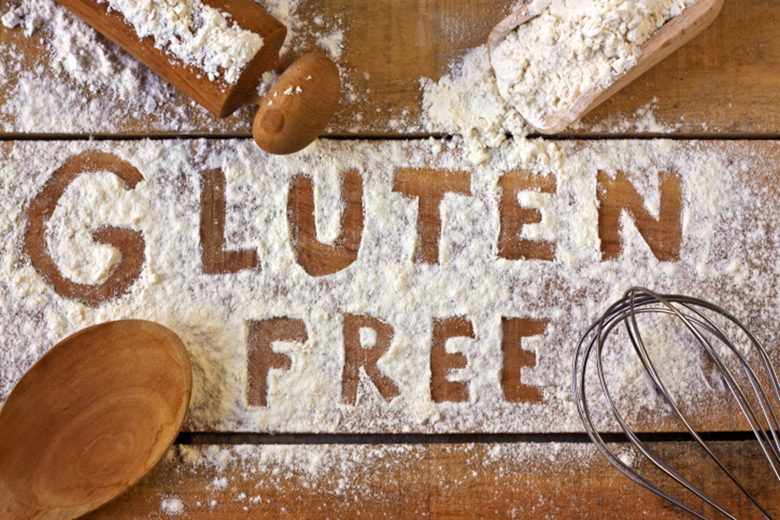
As a dietitian, I joke that "diet" is a "four-letter word"! I make my living teaching others to eat less, eat differently or sacrifice their favorite foods for the sake of their health or waistlines…and then go about resuming my moderate food and alcohol consumption in private. But this year, I found myself on the other side of the fence — as the patient.
I have had rheumatoid arthritis for over 20 years. With the exception of my pregnancy when I couldn't take drugs to control the disease and pain, I've been pretty lucky. If you didn't know me, you'd never pick up that I have a chronic, incurable autoimmune disease that raises my risk for heart disease, disability and side effects from years of medication.
I normally blame the weather when I have an RA flare. For those of you that don't know what a flare is, it's when your disease decides to angrily act up and make your life a living hell. My flares normally last a day or so. But this winter (particularly over the holidays), my RA was at its worst for weeks. Then it hit me: Didn't I read something about leaky gut and autoimmune diseases? Could it be that something in my diet could be making this worse?
In general, I try to follow an anti-inflammatory eating plan of "more plants, less cow, plenty of healthy fats." But had I ever tried a gluten-free diet for leaky gut? Nope. And yet, I should have…many times. I discovered years ago that I have a condition called "food-dependent, exercise-induced anaphylaxis." This is a type of allergy that occurs when an offending food triggers an anaphylactic reaction only when the person exercises within 2 to 4 hours after eating. In my case, this food is wheat. I know this because if I eat a bagel and go for a walk, I get hives. At my wedding nearly 15 years ago, I did the chicken dance with my German husband after a large Italian meal of pasta and bread and boom – I got hives. Over the years, I'd gotten tested for wheat allergy and even celiac disease, but both were negative. These results reinforced my opinion that I, a dietitian, need not follow a gluten-free diet.
Then this year's holidays hit. Like many people, my diet gets unhealthier over the holidays: I had more bread, pasta and beer than usual when I would hang out with friends and family. After weeks of immobile hands and sore feet, I decided it was time to do something drastic. It was time to try gluten-free.
Like any other change, be it smoking cessation or, in my case, giving up gluten, I picked a stop date. I waited until the last New Year's party was over so I wouldn't be tempted by bruschetta, crackers and cookies. I started meal-planning for myself like I would for a client. I picked up gluten-free pasta, gluten-free crackers and tried a variety of gluten-free breads. I read labels and sought out friends who'd been gluten-free for support. To my surprise, it was easier than I thought. Years ago, during my internship, the RDs would freak if they had a celiac patient. One good thing about going gluten-free today is there is such a wide variety of products available now.
After about 10 days, I noticed a significant difference in how I felt. I realized I wasn't using nearly as much medication as I had been over Christmas. My hands were no longer "hot mitts" in the morning. One other bonus was that I no longer needed to wait to exercise after eating my favorite breakfast of peanut butter toast.
While I realize gluten-free is not for everyone, this experiment has taught me to be less snarky about food trends that seem like fads. It's taught me to be more empathetic for those trying to make permanent changes for their health. And most of all, it's given me confidence in my own ability to stick with a diet that affects my health and quality of life in such a dramatic way. Plus, now I've got plenty of gluten-free resources and recipes to share with clients!





